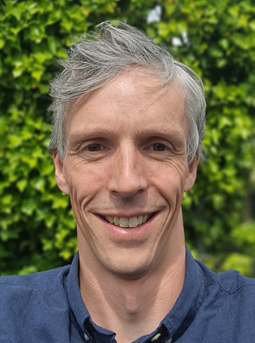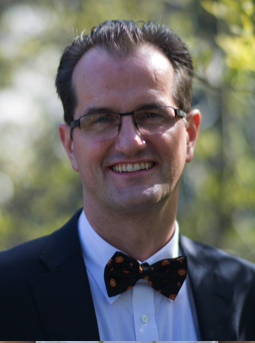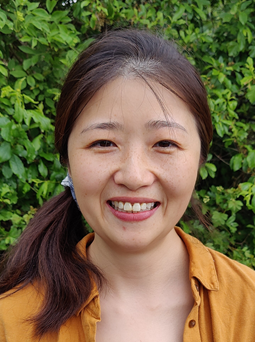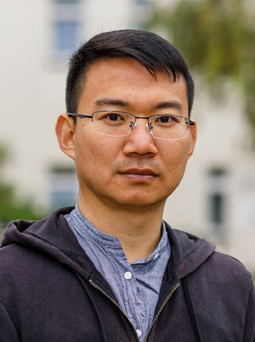Course title: Magnetic Resonance Imaging Techniques and Analysis
Content and format: The course covers introductory MRI acquisition and image processing methods. Analysis of functional imaging data will be covered in detail. The first half of the course is mainly lectures on MR-basics. It also includes data acquisition for the remaining part of the course that is focused on hands-on data analysis.
The course starts at a level requiring little or no MR experience. A technical background is not required. The target audience is employees and students at the MR department but the course is open and free for external participants.
DRCMR employees, students, new-comers and co-workers are given priority if we (against expectations) have to limit the number of participants due to space limitations.
The course covers the basics needed to follow the somewhat more technical course Medical Magnetic Resonance Imaging offered as part of the Medicine&Technology program at the Technical University of Denmark in the spring, and which is also available for non-DTU-students under "Open University".
Dates and time: Starting September 21st 2010, the course is given Tuesdays 14:00-16:00 in the conference room of the MR-department at Hvidovre Hospital (dept. 340).
Registration: Please register below.
Literature and software: Course notes and relevant articles are provided during the course. Before the first lecture, it is recommended to install the software freely available at http://www.drcmr.dk/bloch as this will play an important role in the acquisition part of the course (access to the software is not needed during lectures). The same applies to the SPM software available at http://www.fil.ion.ucl.ac.uk/spm/ which will be used during the analysis part. The latter software package requires a working installation of Matlab as described on the SPM home page.
Credit: The course has a workload corresponding to 2-5 ECTS points depending on exams/assignments taken (2 is 1/15 semester workload) but you do not automatically get credit for the course in any educational institution. You may apply for credit at your school, but be aware that no general evaluation is planned, which may be required for a credit bearing course. This can possibly be arranged on an individual basis upon request, and is required for the organizers to recommend more than 2 ECTS.
Language: The course is given in English, or in Danish if all participants are Danish speaking.
Lecturers: The acquisition part is coordinated by Lars G. Hanson , and the analysis part by Arnold Skimminge. Lectures are by the organizers, Lise Vejby Søgaard and Kristoffer H. Madsen.
Preliminary program:
September 21th, MRI acquisition, part 1:
- Sections "Magnetic Resonance" until "Sequences" in MR notes are discussed during the coming few weeks (the English and Danish versions are similar).
- Protons, spin, net magnetization, precession, radio waves, resonance, relaxation, rotating and stationary frames of reference, T1 and T2.
September 28th, MRI acquisition, part 2:
- Relaxation time weighting. Dephasing, refocusing, T2*, spin echoes, and sequences.
October 5th, MRI acquisition, part 3:
- Earlier subjects continued. Contrast overview, slice selection spectroscopy.
October 12th: Spectroscopy continued, dephasing/refocusing, flow/diffusion measurements.
October 19th: No lecture.
October 26th, MRI acquisition, part 4:
- Saturation and inversion.
- MR notes from "Imaging" and beyond are covered during the coming weeks.
- Gradients, image-formation and k-space. Echo time revisited.
November 2nd, MRI acquisition, part 5:
- Imaging continued, field strength issues, coils and safety.
November 9th: MRI acquisition, part 6:
- Sequence elements, k-space trajectories, artifacts (distortions, ghosting and aliasing), noise and image quality quantification.
November 16th, MRI analysis, preprocessing
- Introduction to analysis section of the course.
- Introduction to SPM8.
- fMRI preprocessing.
- N-back hands-on preprocessing.
November 23rd, MRI analysis, first level analysis:
- Introduction to fMRI statistics.
- First level analysis.
- N-back hands-on first level specification and estimation.
November 30th: MRI analysis, contrasts:
- Introduction to statistical inference.
- Contrasts, plotting and visualizations.
- N-back hands-on statistical inference.
December 7th: MRI analysis, part 4:
- Scripting and batching basics
- N-back hands-on scripting
December 14th: MRI analysis, second level
- Second level analysis
- N-back hands-on group study
December 21st: MRI analysis, second level inference
- Contrasts, plotting and visualizations.
- N-back hands-on second level inference.






